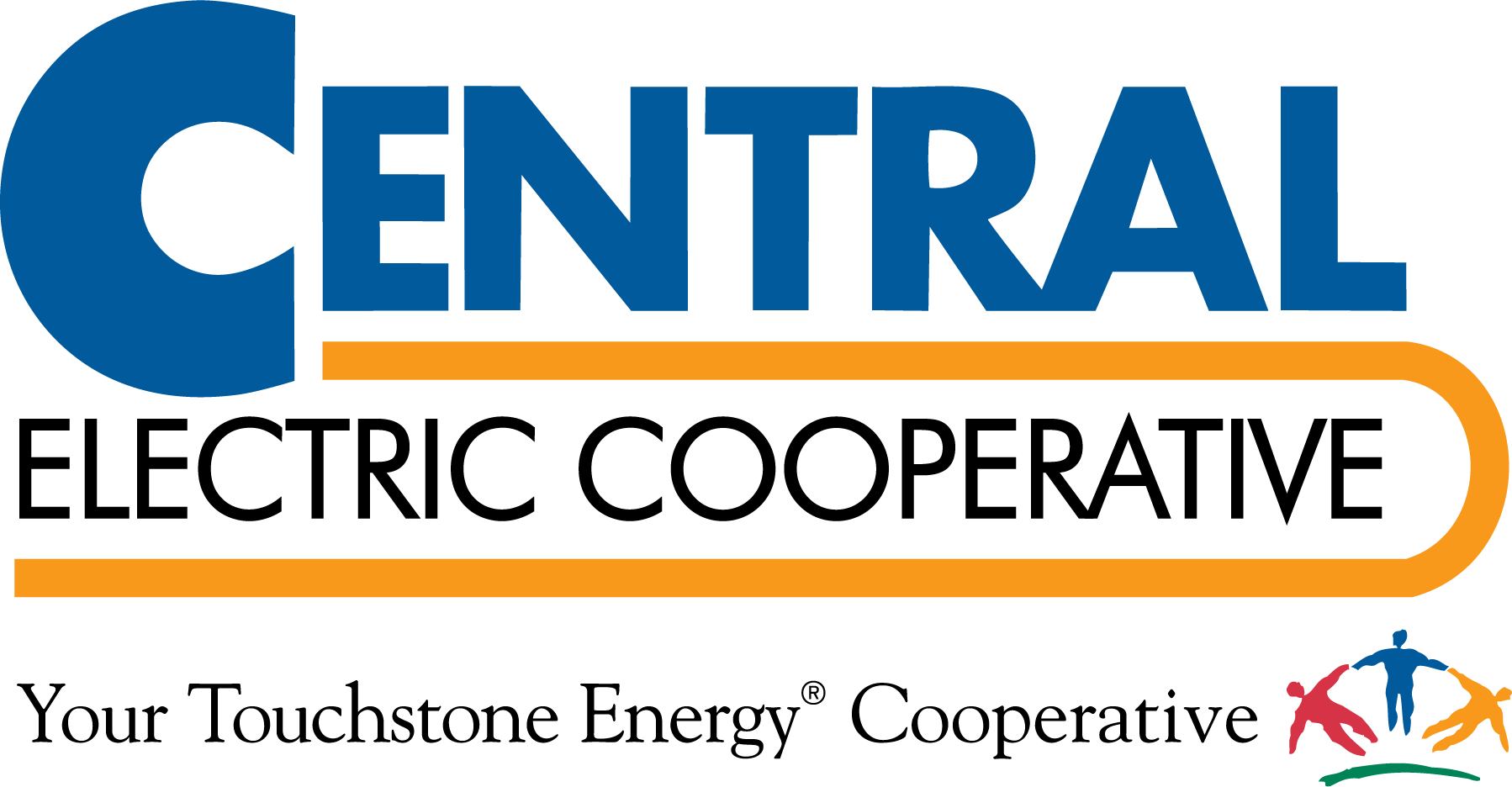
I want to begin this month’s column by saying thank you to those members who attended our annual meeting on Sept. 19. As always, the food and conversations were excellent, and I enjoyed catching up just a little bit with my friends and members.
My presentation centered around three goals of your cooperative. They are safety, reliability and affordability. Regular readers of this magazine know that your cooperative has been actively replacing its aging infrastructure to maintain a reliable system. Since 2018, we have replaced about 60 miles of older overhead lines every year.
Reliability is important. When electric service is interrupted, property, livestock and possibly lives are at risk. We also know that it takes a team to maintain a reliable electric system.
East River Electric Power Cooperative is our transmission cooperative, providing transmission lines and substations that deliver electric power to Central Electric. East River is investing millions of dollars in line replacements, new transmission lines, switchyards and substations to improve reliability across our eight-county service area.
Basin Electric Power Cooperative is based out of Bismarck, ND, and its role is to generate electricity for our needs today, and to forecast, generate and deliver the electricity we need in 5 years, 10 years, and beyond. The process is already complex, and when new rules for power plants are introduced that are unachievable, it may be impossible.
I have had many conversations with members asking about electric vehicles and if the power grid can accommodate this new technology. My response has been that, given time, the power grid will be fine. The track record shows that utilities and cooperatives have met the challenge of growing electricity demand whenever a new technology comes along. In the 1940s, it was refrigeration and electric motors. This was followed by central air conditioning in every home and farm automation like grain handling, irrigation and modern dairy operations.
The utility industry is capable of meeting the future challenge of electric vehicle technology, that is unless the EPA ties our hands. Earlier this year, the EPA released a set of draft rules that negatively impact both new and existing coal and natural gas power plants. These proposed rules represent the biggest, most consequential set of rules to regulate power plants and they threaten the reliability and affordability of our nation’s electric power supply. Final rules are expected to be published in April 2024.
Our national organization, NRECA, filed comments against these rules in August. NRECA is urging the EPA to withdraw their proposed rules in their entirety. The proposed rules hinge on the adoption of clean hydrogen and carbon capture storage technologies that are not commercially available. The proposed rules also contain timelines that are unrealistic and unachievable. The timelines endanger new and existing natural gas plants and ensure coal units will opt to shut down by 2035. Replacement generation won’t be in place due to cost, supply chain issues, permitting, public opposition and many more reasons.
While this article sounds doom and gloom, I have seen the success that NRECA has had in working with legislators and policy makers on these kinds of issues. I believe we will be able to modify or even eliminate the proposed rules before they are put in place.
Nonetheless, I urge you to keep a watchful eye on the EPA’s proposed power plant rules. As you prepare and enjoy the fall harvest, please be aware of your surroundings and stay safe.
